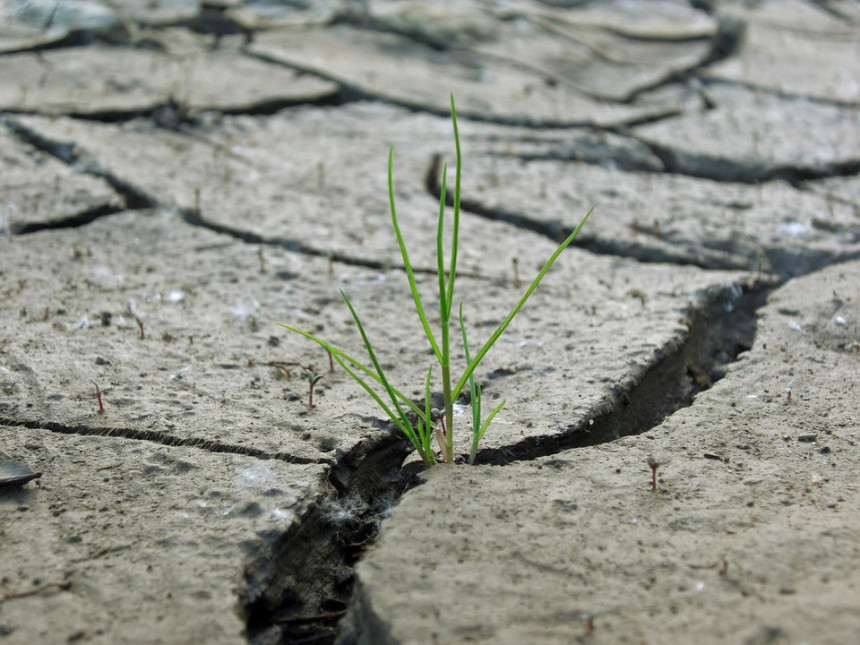
Droughts and their consequences have been understood since antiquity. However, in spite of this, there is still a lack of knowledge regarding how to mitigate their consequences, particularly in low-income areas. Working to improve this situation is the responsibility of all, and scientific knowledge is an indispensable tool to this end. This text describes the main aspects of droughts, the elements necessary to mitigate their negative effects and UNESCO's contributions in this regard.
A drought occurs when rainfall decreases in a specific region below normal for a long period (from more than 15 days to up to a year) resulting in lack of water in rivers, lakes and aquifers, affecting both water users and ecosystems as a whole. It surprises many people to know that there are various definitions of droughts. This is because droughts have been studied by a variety of disciplines and affect different sectors. There are weather droughts (less precipitation) and agricultural droughts (low soil moisture), the observed effects of which may be meteorological, agricultural, hydrological and socio-economic. The term 'drought', in fact, refers not only to an absolute lack of water but also to a lack of reliable availability. For example, cities or industries cannot function in the absence of a continuous water supply. Droughts are caused not only by a lack of rain, but also by changes in its frequency (no available water when required), as a result of higher temperatures favouring water loss by evaporation, or imbalances between availability and water demand.
The most common consequences of drought include: reduced agricultural and livestock production, particularly in areas of temporary lower economic productivity; lack of water for rural or urban communities; damage to ecosystems: social conflicts; and, in extreme conditions, malnutrition, starvation, dehydration, migration and aridity. Droughts have impacts on many sectors, such as electricity production, where water is required for cooling, and navigation.
The costliest natural disaster
Droughts also have significant impacts on the economy. Although, in absolute terms, the losses are greater in developed countries, in relative terms, the consequences are devastating for developing countries and may represent up to 5% of GDP and result in the largest number of deaths. In fact, droughts are considered the most costly natural disaster in terms of duration (much higher than floods) and affect nearly all sectors. However, drought-related costs are less studied than those of floods. This is due in part to a lack of full understanding of their effects, particularly indirect costs and who pays for them; for example, in the case of migration caused by droughts. To cite some data for the United Kingdom, a study estimated that, by 2100, the cost of shortages of municipal water in southeast England, as a result of droughts, would be from £41 million to £388 million per year (depending on the scenario, Wade et al., 2006).






